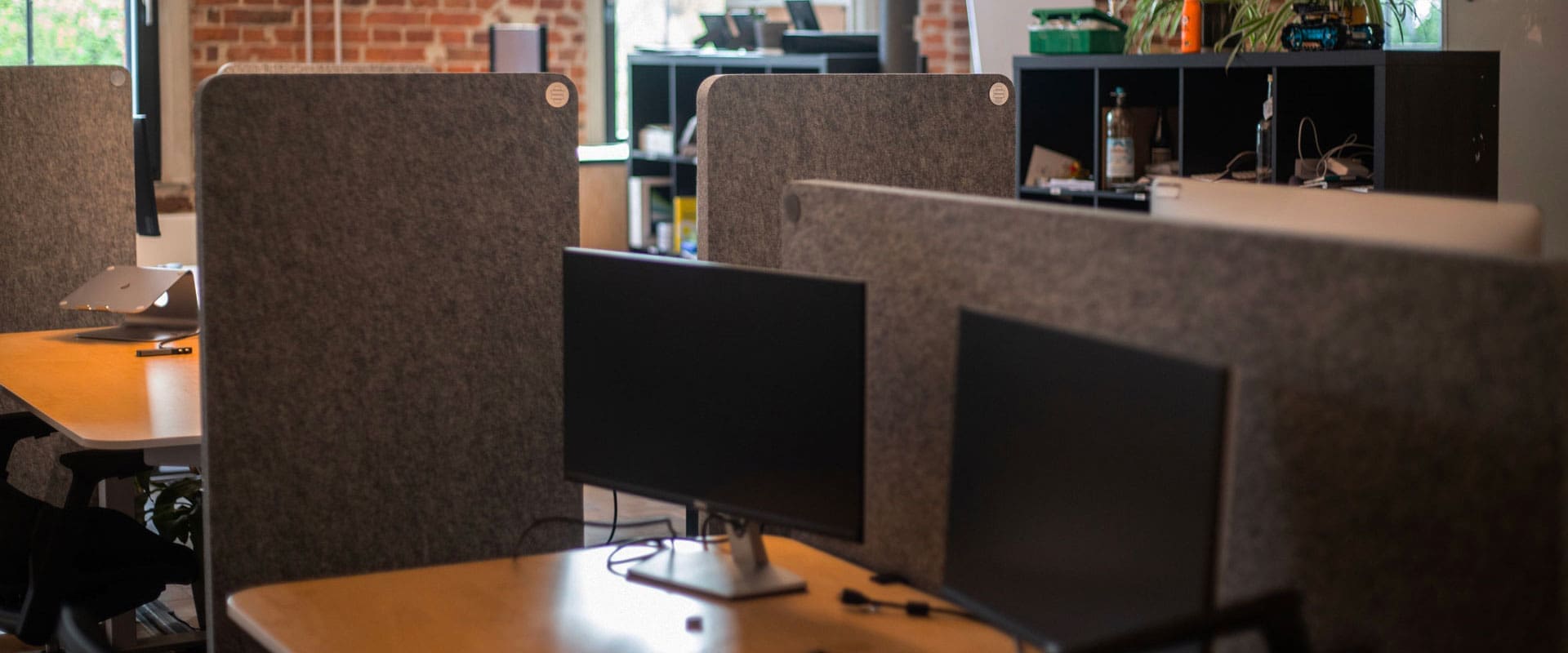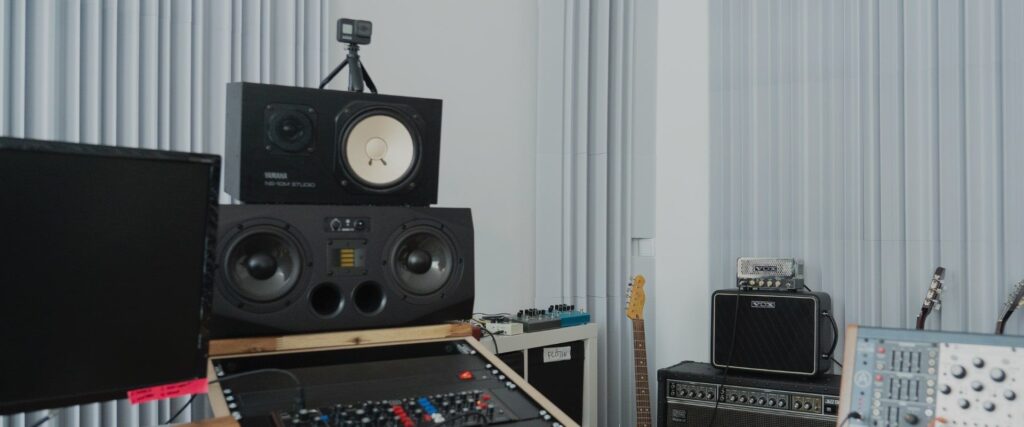
ACOUSTIC TREATMENT IN OFFICES
Architectural trends like thermal component activation or spread-out office lofts in former factory buildings can become challenges while planning the room acoustics for office workplaces. In the case of newly constructed buildings, it’s best to consider the acoustics at an early stage during planning.
How to optimize existing offices acoustically
On the one hand, sound waves propagate on a direct path from the sound source to the listener. Therefore, blocking the direct sound is the most important step for optimizing the room acoustics in an office. This is achieved by means of tall sound screens or partitioning walls.
On the other hand, sound spreads indirectly through reflection, diffraction, and dispersion. Reflections occur on ceilings, walls, floors, and furniture. This can be minimized through the installation of appropriate absorbing materials, which “swallow” sound.
Typical measures for optimizing the room acoustics in offices:
- Sound screens between desks and corridors / other workstations (possibly ceiling-high)
- Desk-mounted absorbers
- Ceiling absorbers – as close as possible to the sound source (above the desks)
- Wall absorbers (e.g. acoustic murals) – measuring at least 1.5 m² in area, located at the reflection points on the walls
- Carpet (only effective for high frequencies)

Other acoustic measures:
- Central, acoustically isolated technical zone (copy machine, printer, etc.)
- Acoustic isolation of loud areas like conference zones and kitchenettes from the desks
- Creation of acoustically separated silent zones for undisturbed work
- Absorptive furniture
The acoustic isolating effect of partitioning walls can be improved by …
- … increasing the height of the barrier in relation to the height of the room
- … installing wider and taller sound screens
- … eliminating gaps between the screen and surrounding elements
- … moving the screen closer to the speaker or listener
- … choosing a material with a higher rate of absorption
When planning room acoustics, it must be ensured that
- the appropriate reverberation time for the room and its utilization is achieved and/or maintained
- the selected acoustic treatment options are effective in the frequency range of the human voice (125 – 300 Hz). For example: carpet typically only absorbs higher frequencies.





